Connemara National Park is located on the western side of Ireland near the midpoint of the island. The park only covers an area of 7.7 square miles (20 sq km) creating one of the smaller national parks from around the world, but only the second smallest in Ireland after The Burren National Park.
The small area is quite diverse from an ecological perspective displaying varied facets of nature. The park is comprised of bogs, forests, grasslands, heaths, and mountains. The most prevalent vegetation across the park is the blanket mire and the heathland.
Of this vegetation, the purple moor grass is the most commonly experienced, and when in bloom the purple flowers create some of the most astounding picturesque landscapes across the rolling hills. It is easy to ascribe these captivating purple fields as majestic blankets laid down by the heavens.
Although they are limited and challenging to see rabbits, foxes, wild goats, and shrews are present in the park. The park is more known for its diversity of bird species including those that nest and migrate through the area.
Some of the predator species include kestrel, Eurasian sparrow hawk, merlin, and the peregrine falcon which is the world’s fastest animal. Some of the songbirds include skylark, European stonechat, European robin, and Eurasian wren.
Much of the terrain and landscape was part of the Kylemore estate which adds an element of history and culture to the national park experience. The most significant part of the grounds is the Kylemore Abbey.
Photos
Things to See
Connemara National Park Trails
There are a good handful of trails that traverse through and around the national park. Most of the trails are focused on ascending the hills to provide more panoramic views of the landscape. There are both easy and moderate rated trails.
Park Protection
The national park was created to protect both the exquisite landscapes as well as the historical facets of the Kylemore Abbey and estate. Red deer once roamed the area but were later eradicated.
The national park is seeking to re-establish a presence with the red deer. A herd has been established and efforts are being made to support and encourage population growth.
Sources
- All Trails, Best Trails in Connemara National Park, https://www.alltrails.com/parks/ireland/county-galway/connemara-national-park, retrieved August 2020.
- Connemara, Connemara National Park, https://www.connemara.net/connemara-national-park/, retrieved August 2020.
- Connemara National Park, Park Site, https://www.connemaranationalpark.ie/, retrieved August 2020.
- Discover Ireland, Connemara, https://www.discoverireland.ie/connemara, retrieved August 2020.
- Heritage Ireland, Connemara National Park, https://www.heritageireland.ie/en/west/connemaranationalpark/, retrieved August 2020.
- Kylemore Abbey, Welcome to Kylemore Abbey & Victorian Walled Garden, https://www.kylemoreabbey.com/, retrieved August 2020.
- Wikipedia, Kylemore Abbey, https://en.wikipedia.org/wiki/Kylemore_Abbey, retrieved August 2020.
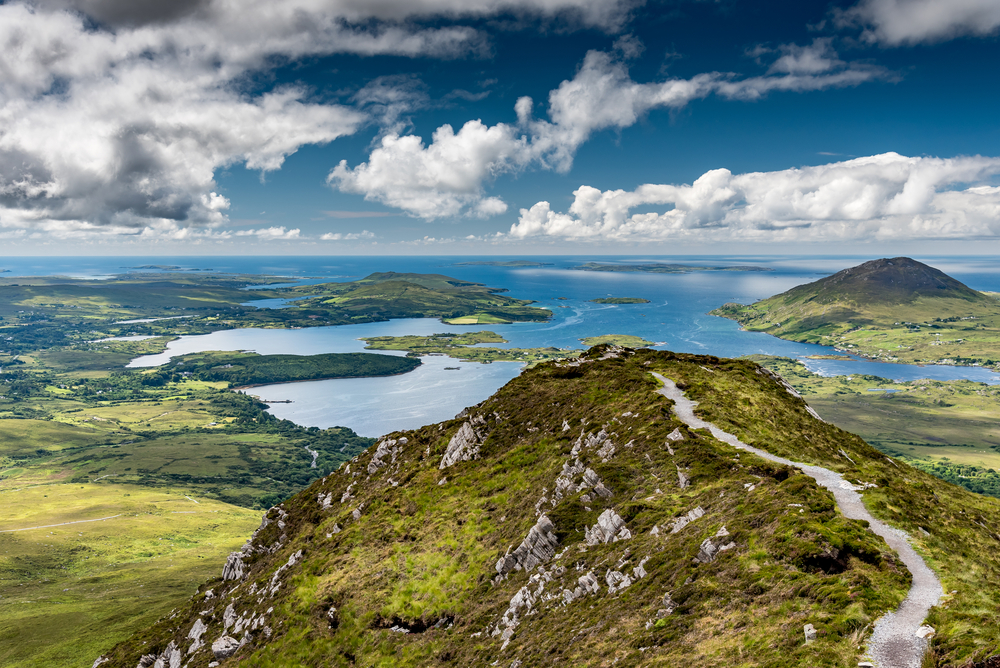


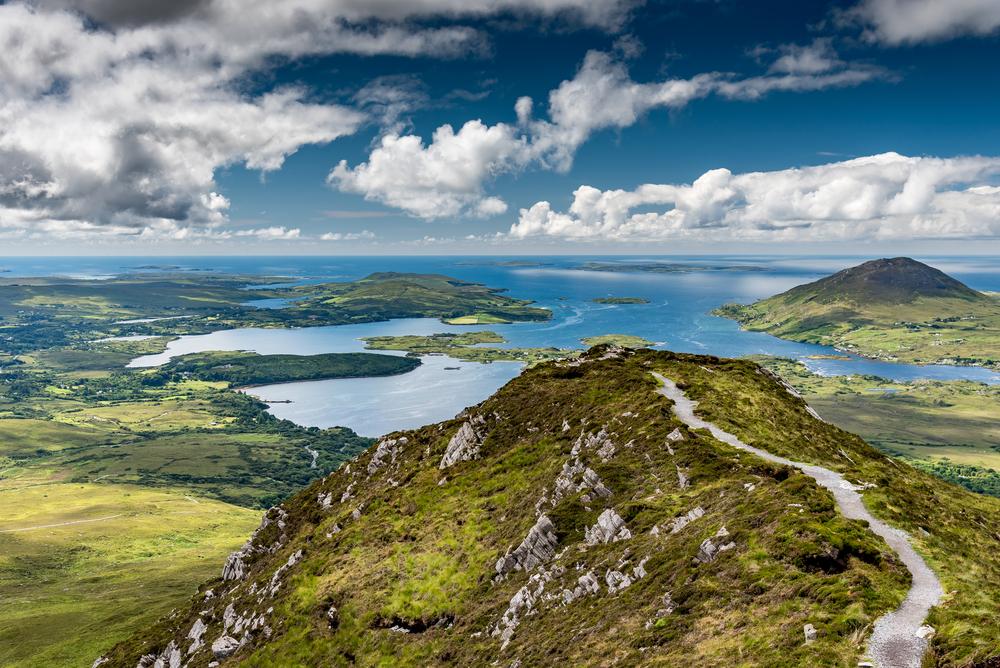
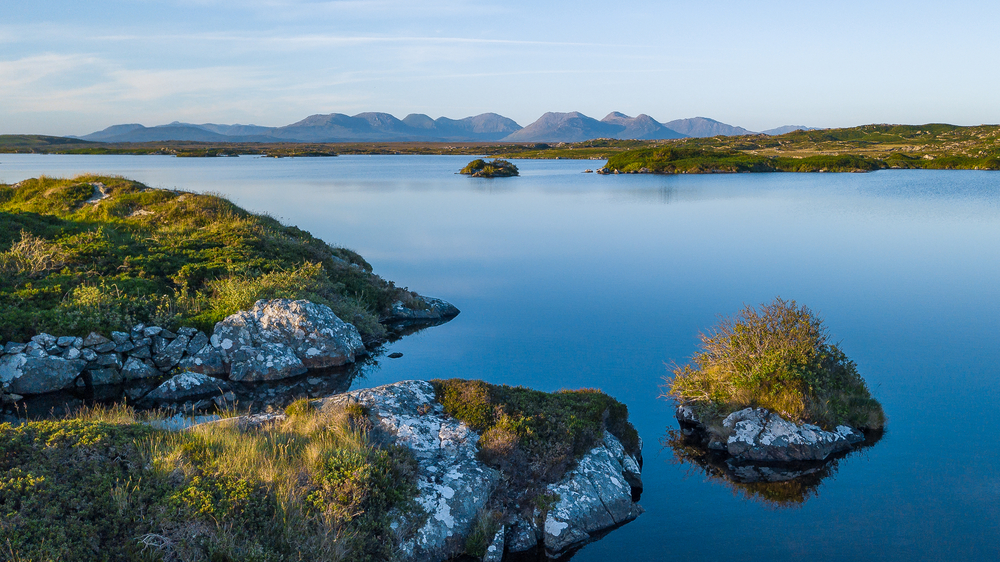
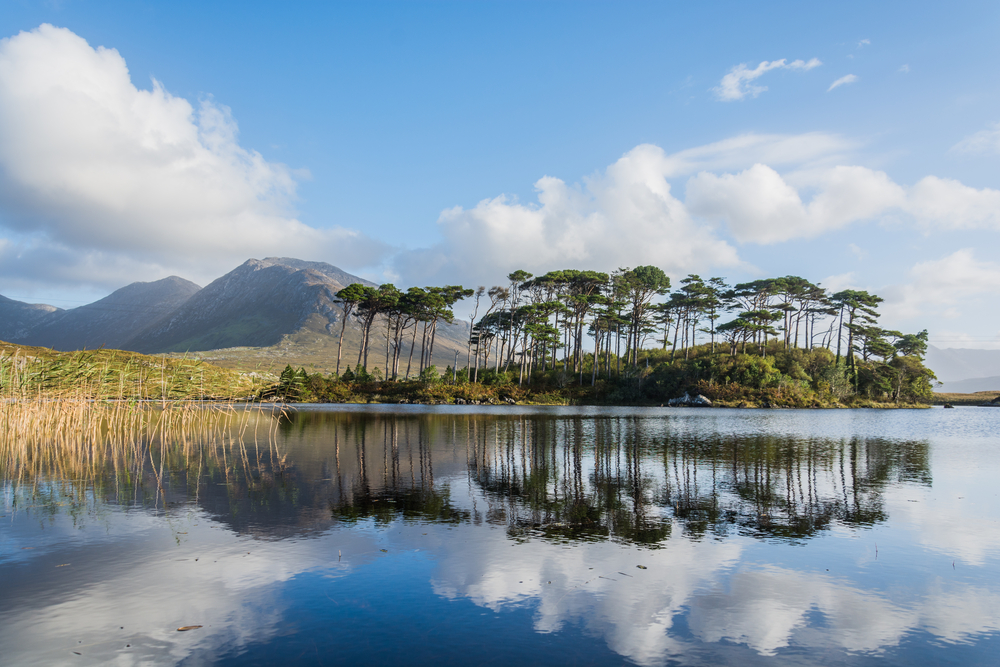
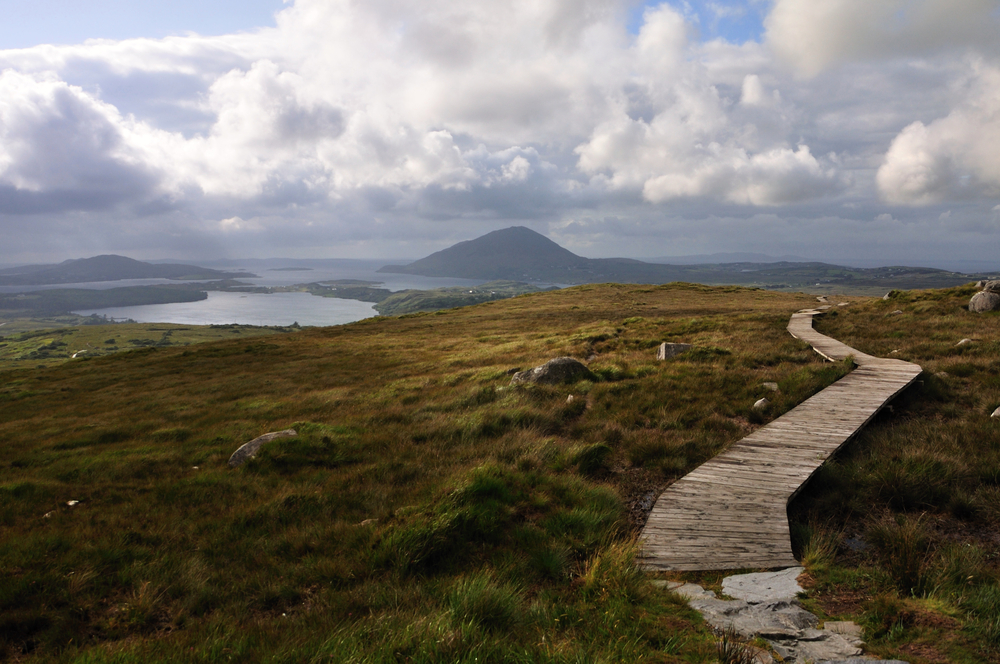
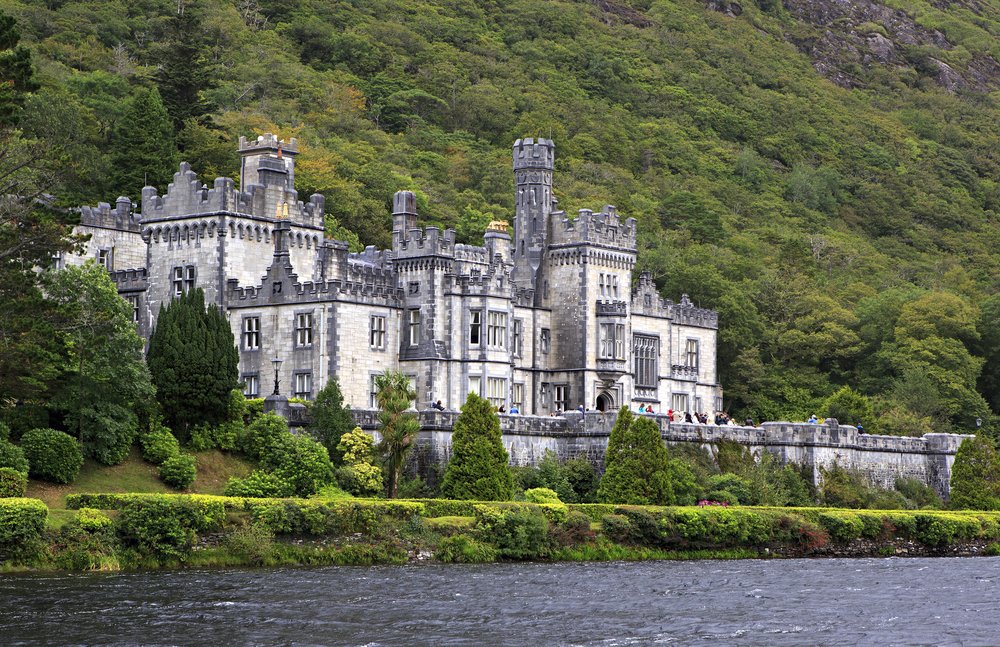
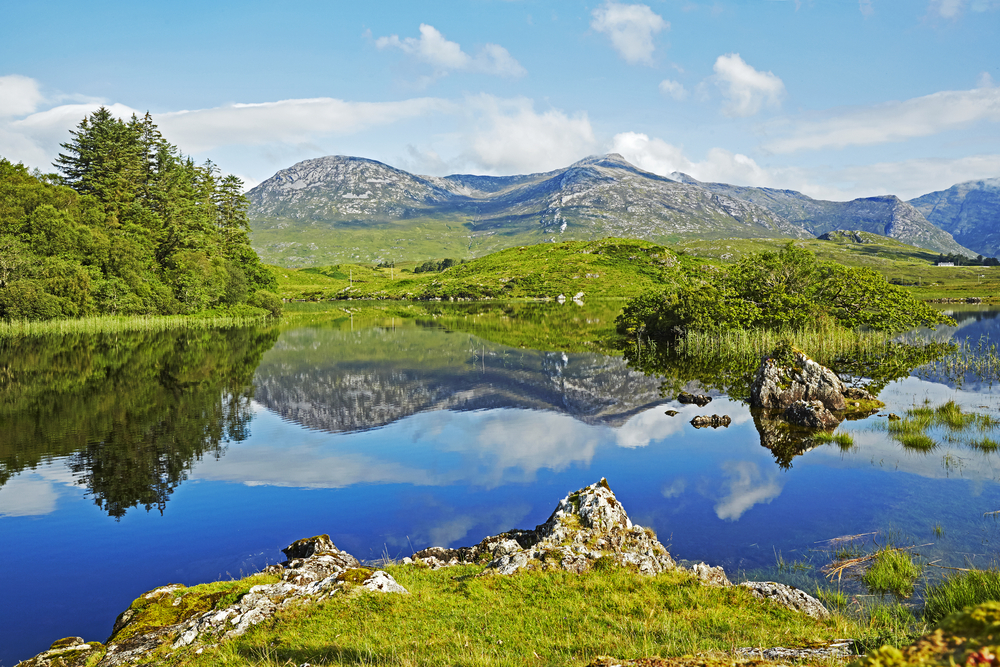
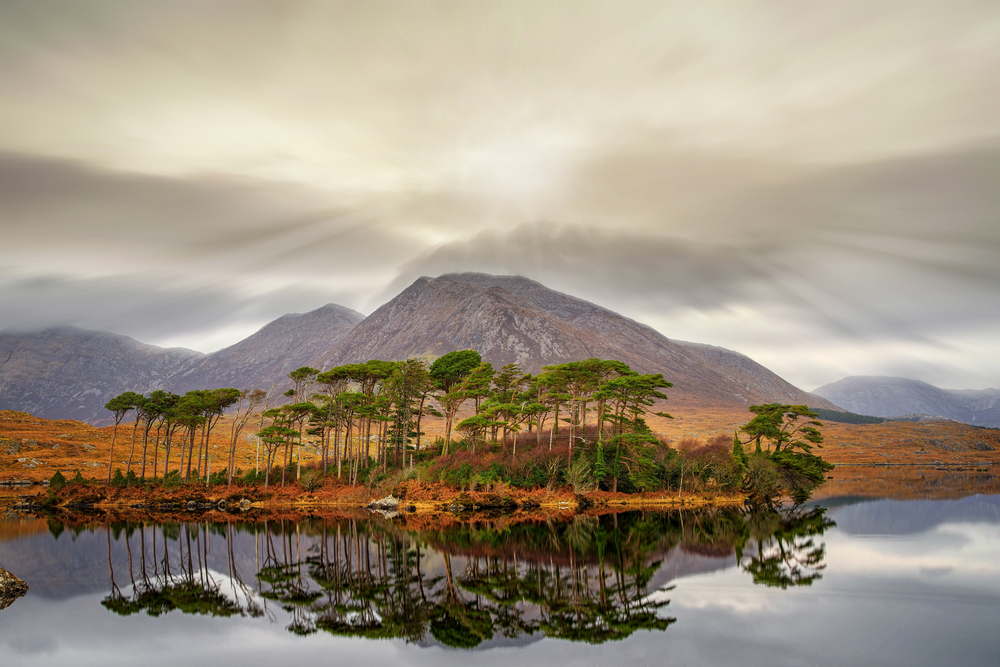
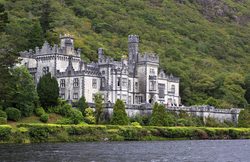 Kylemore Abbey
Kylemore Abbey